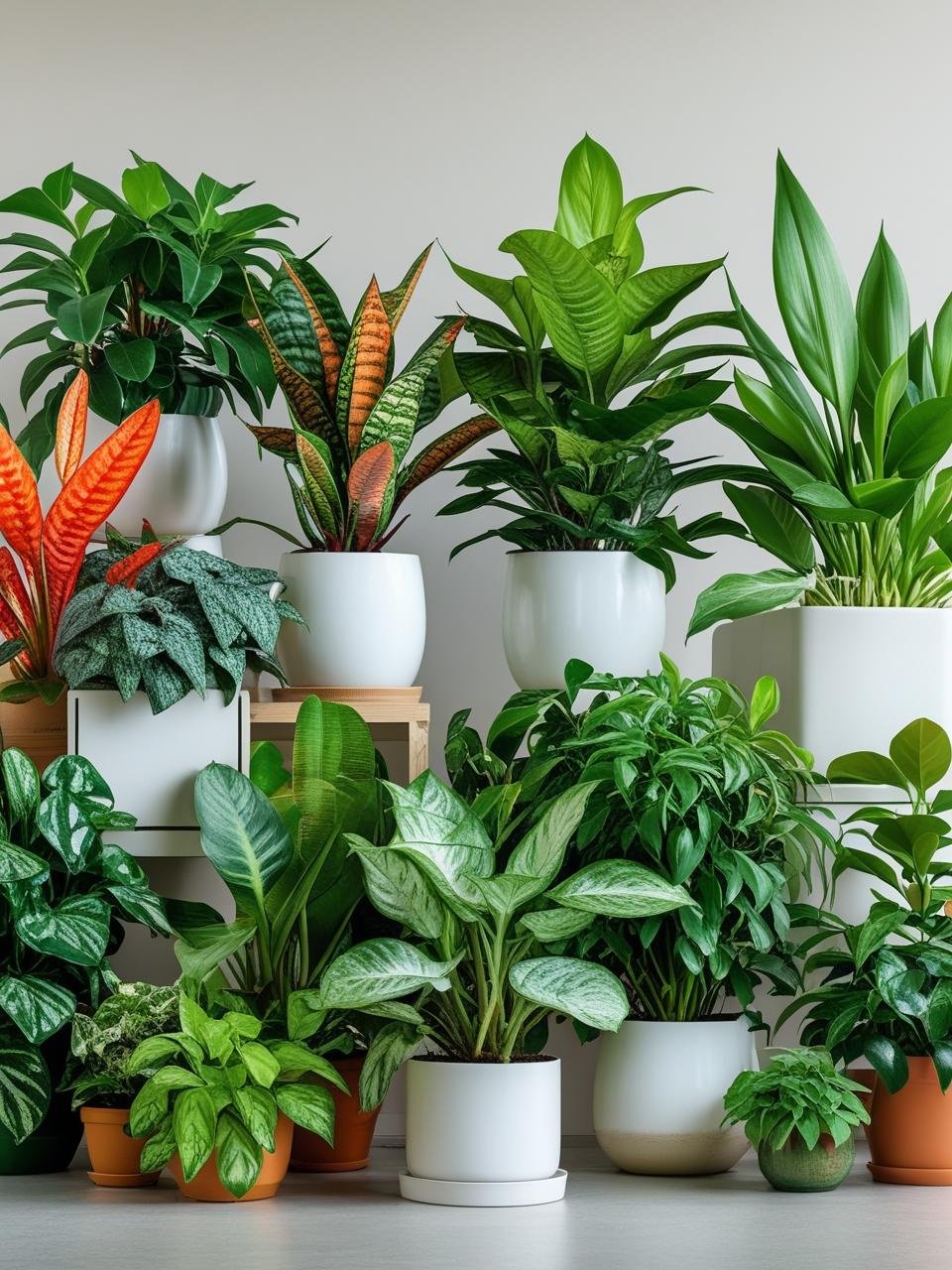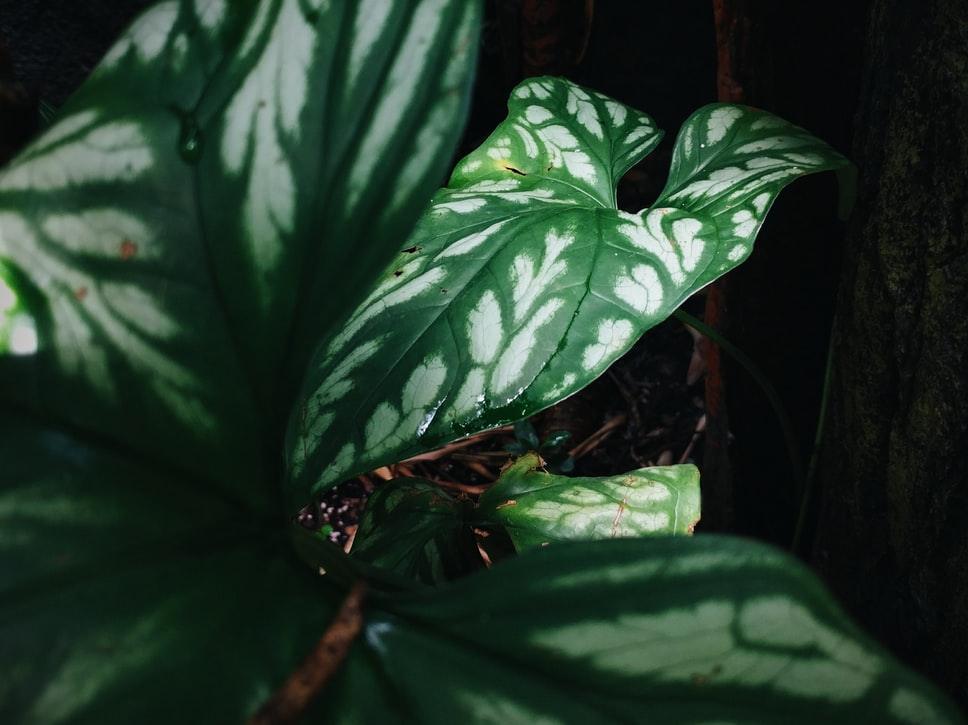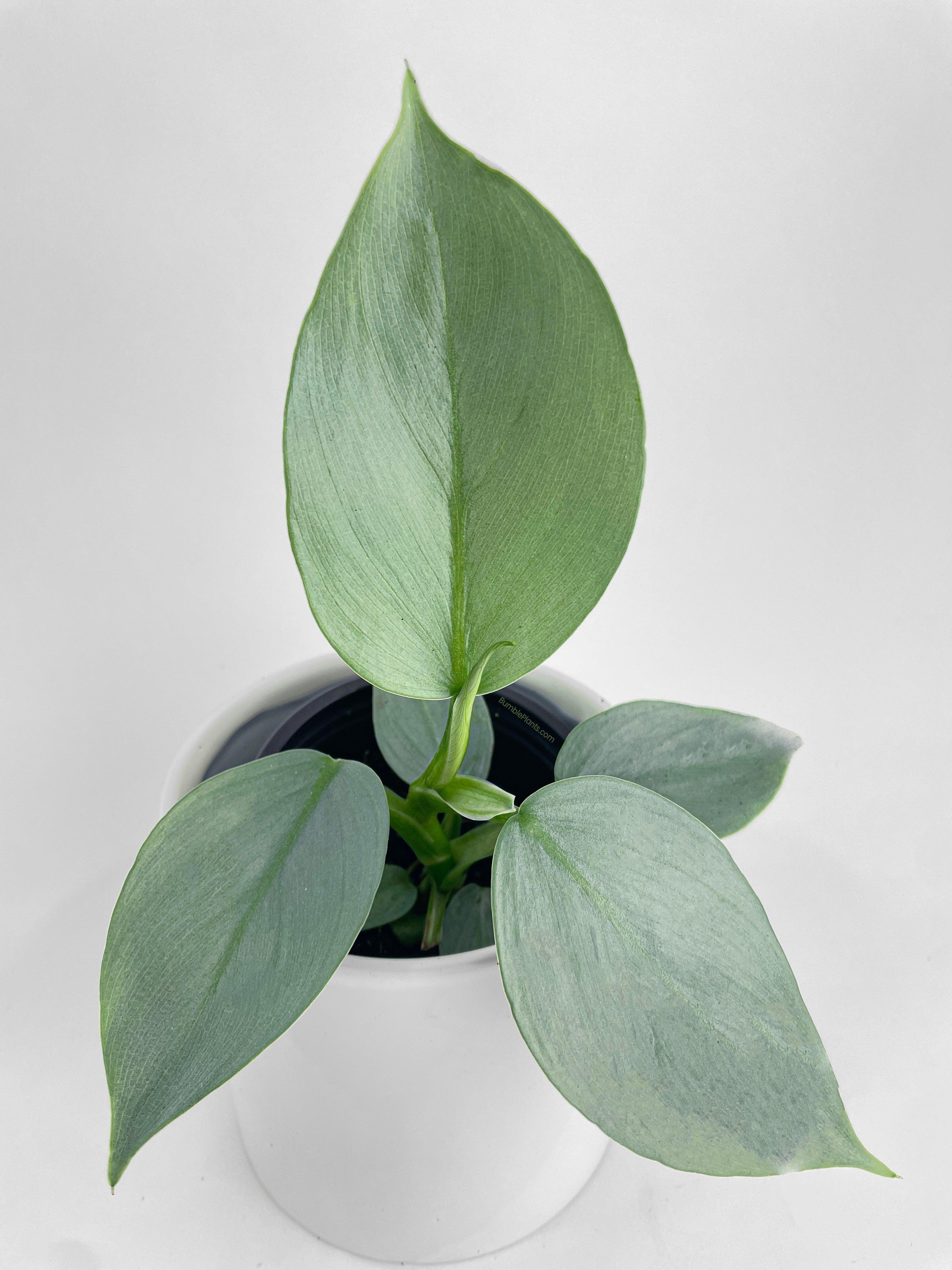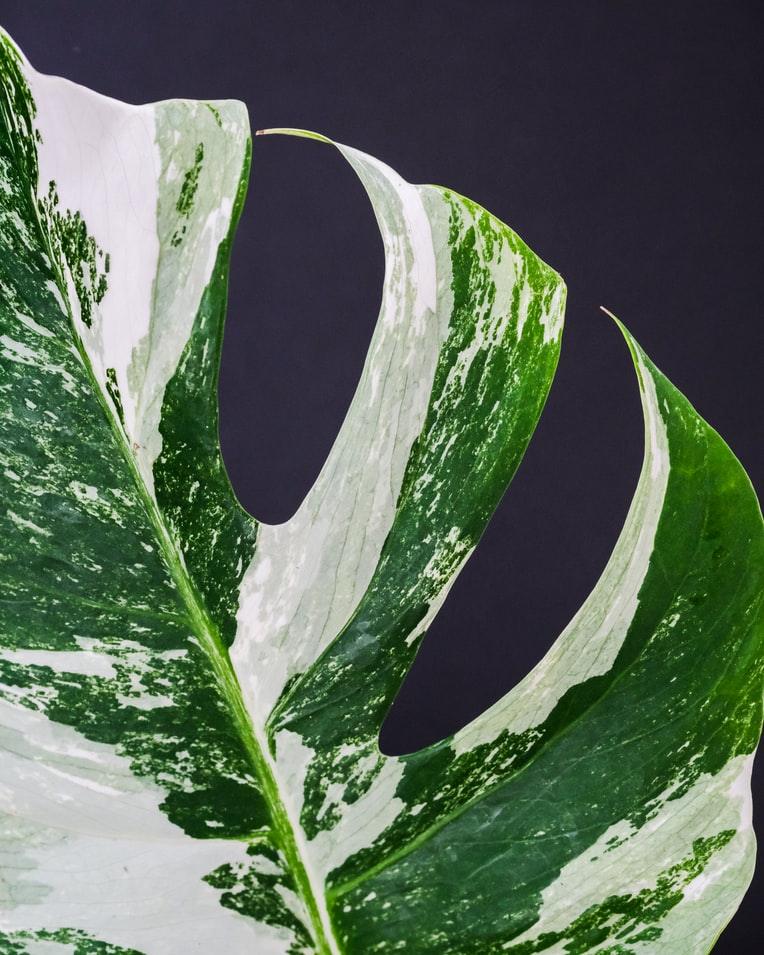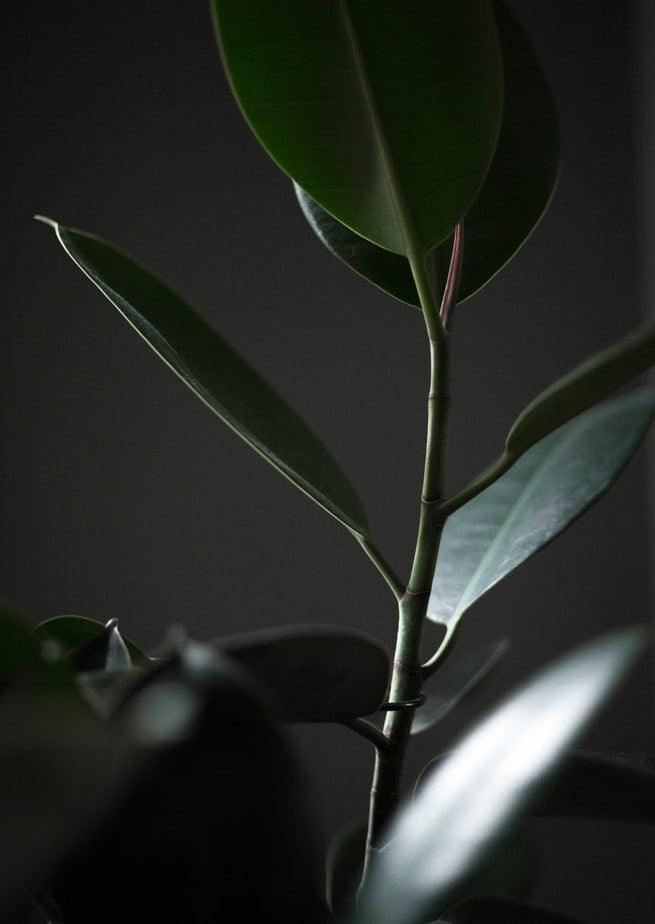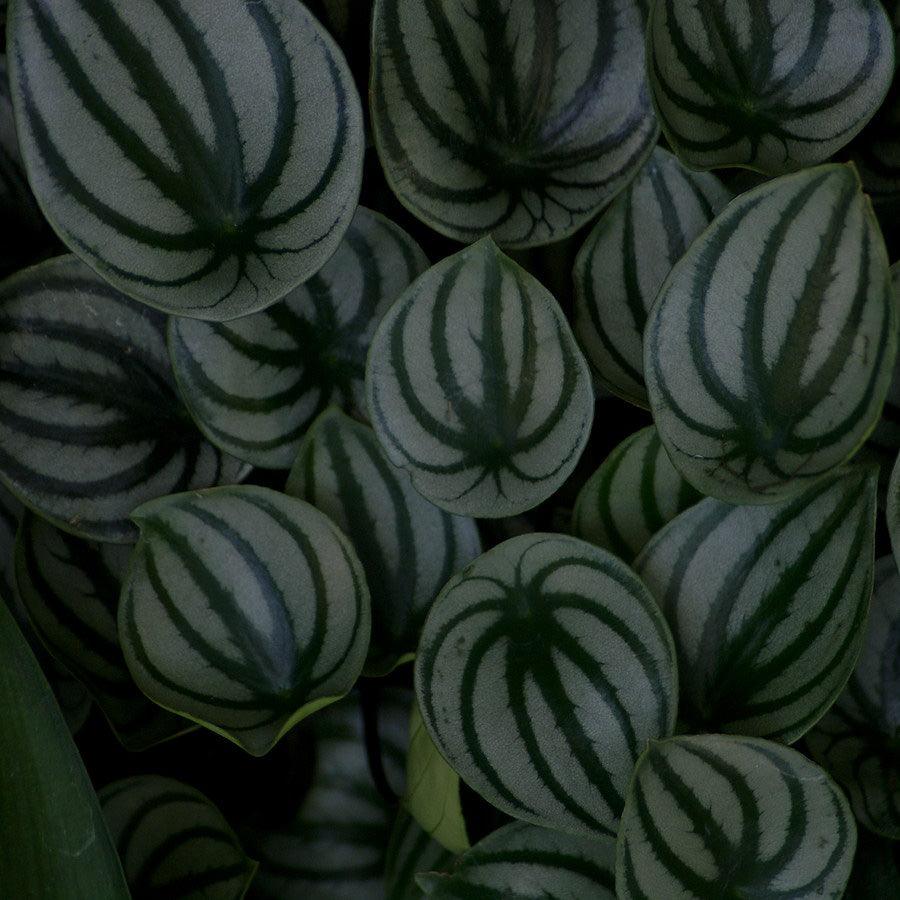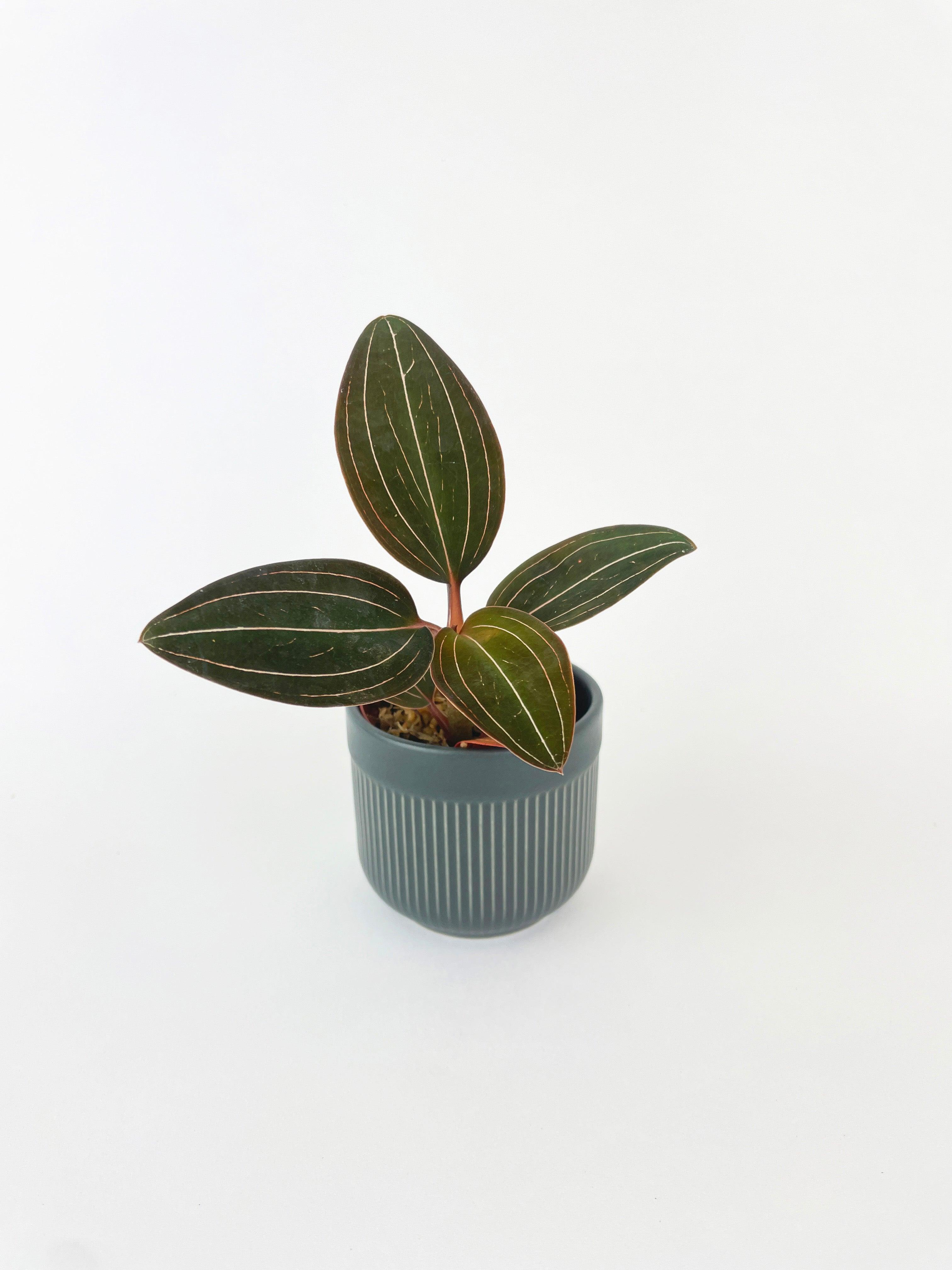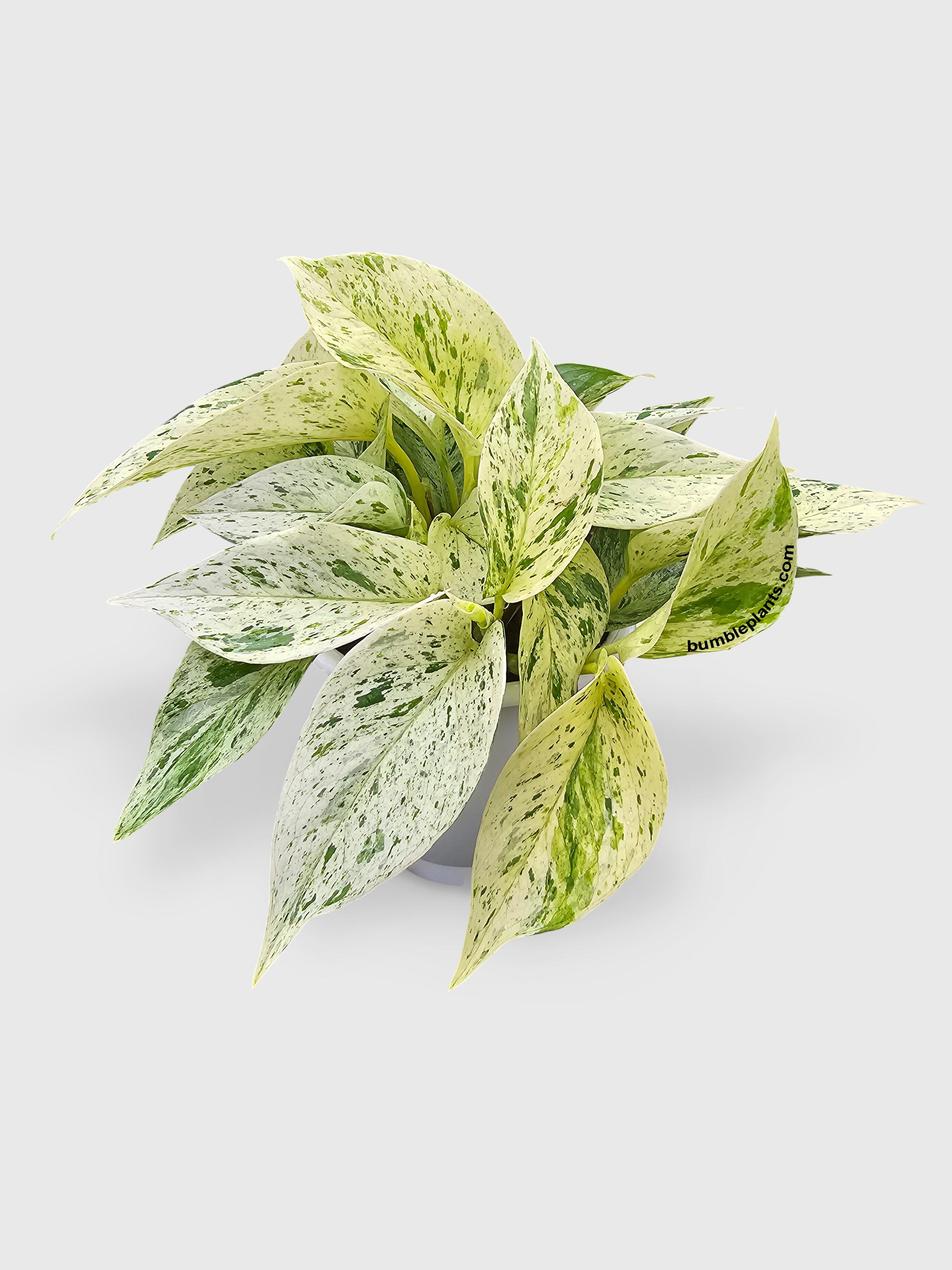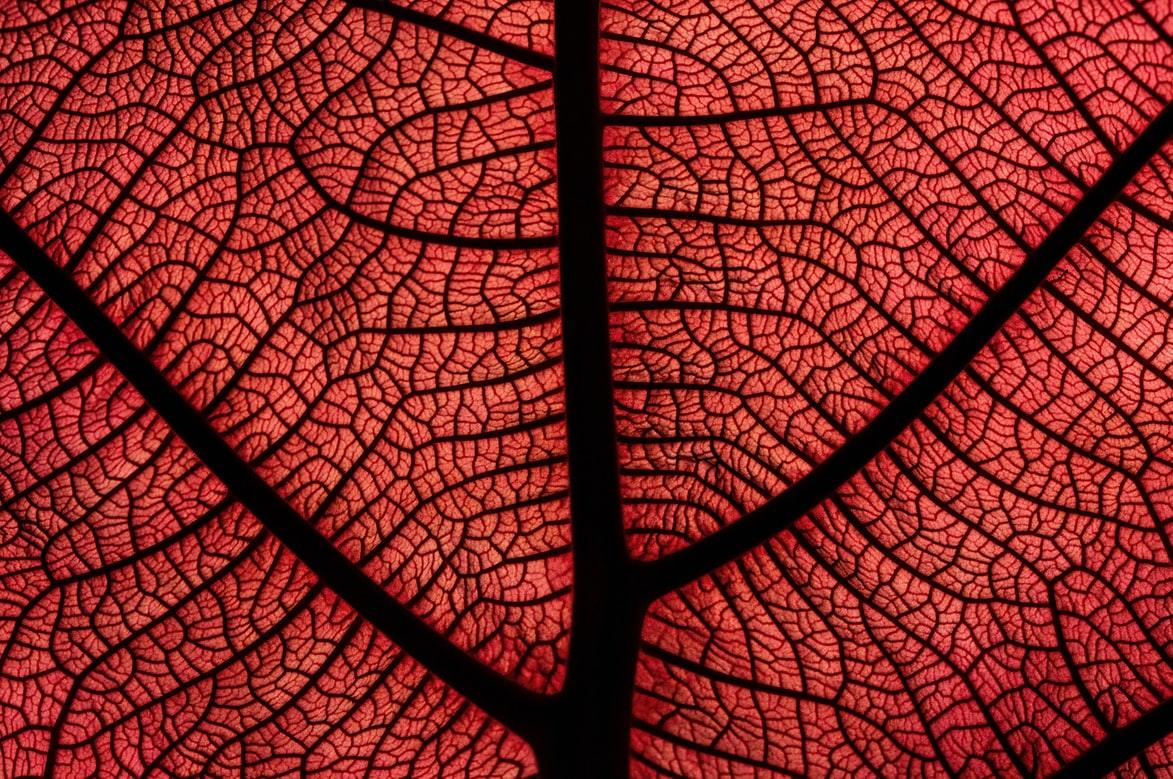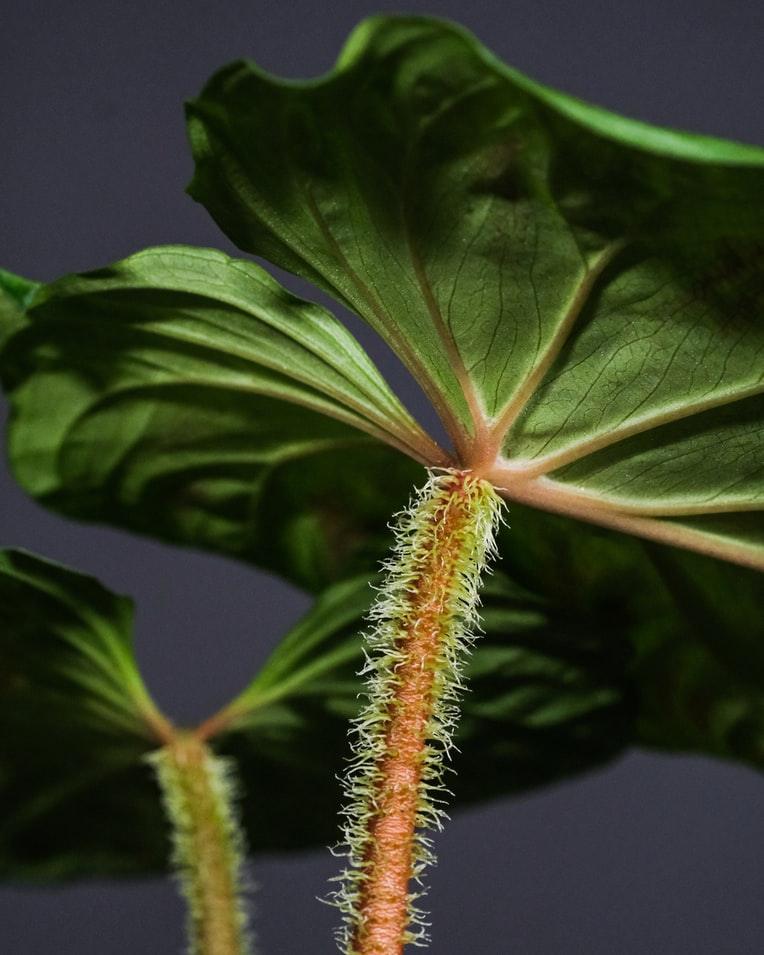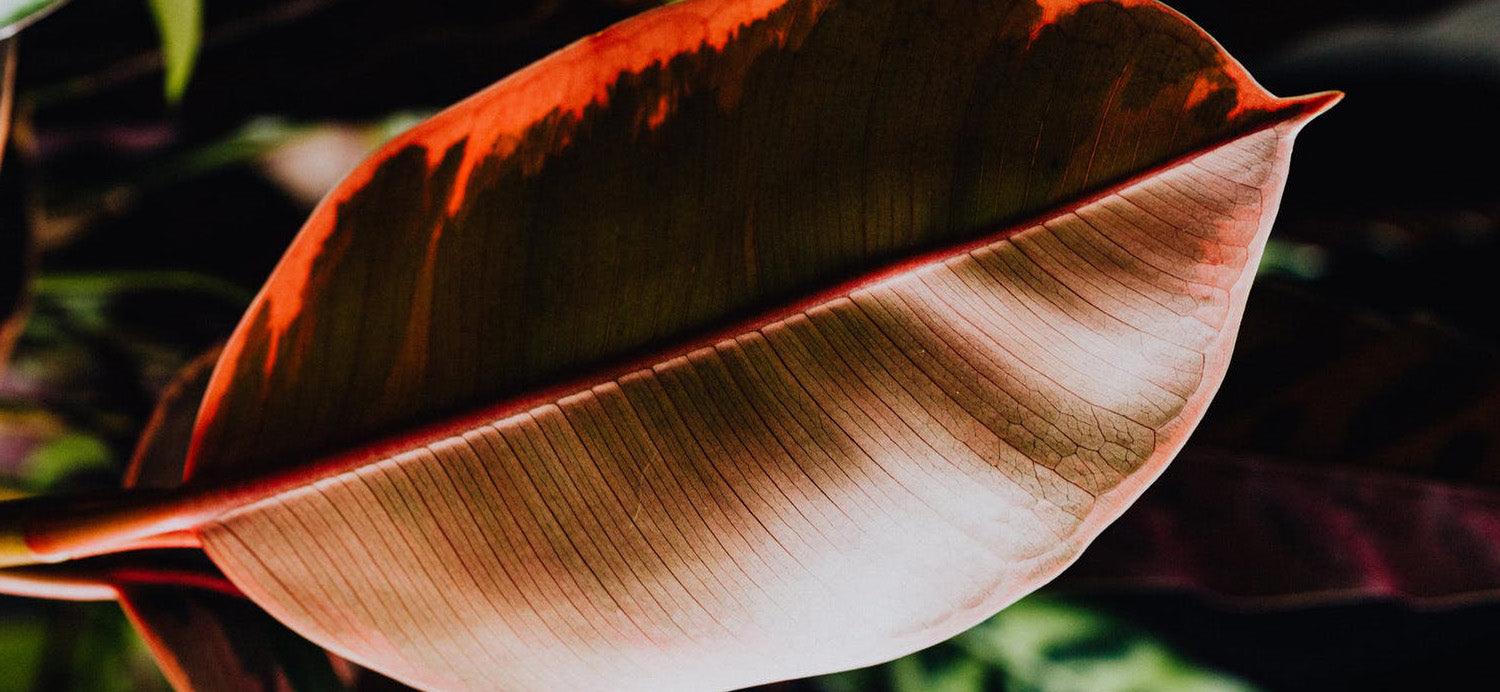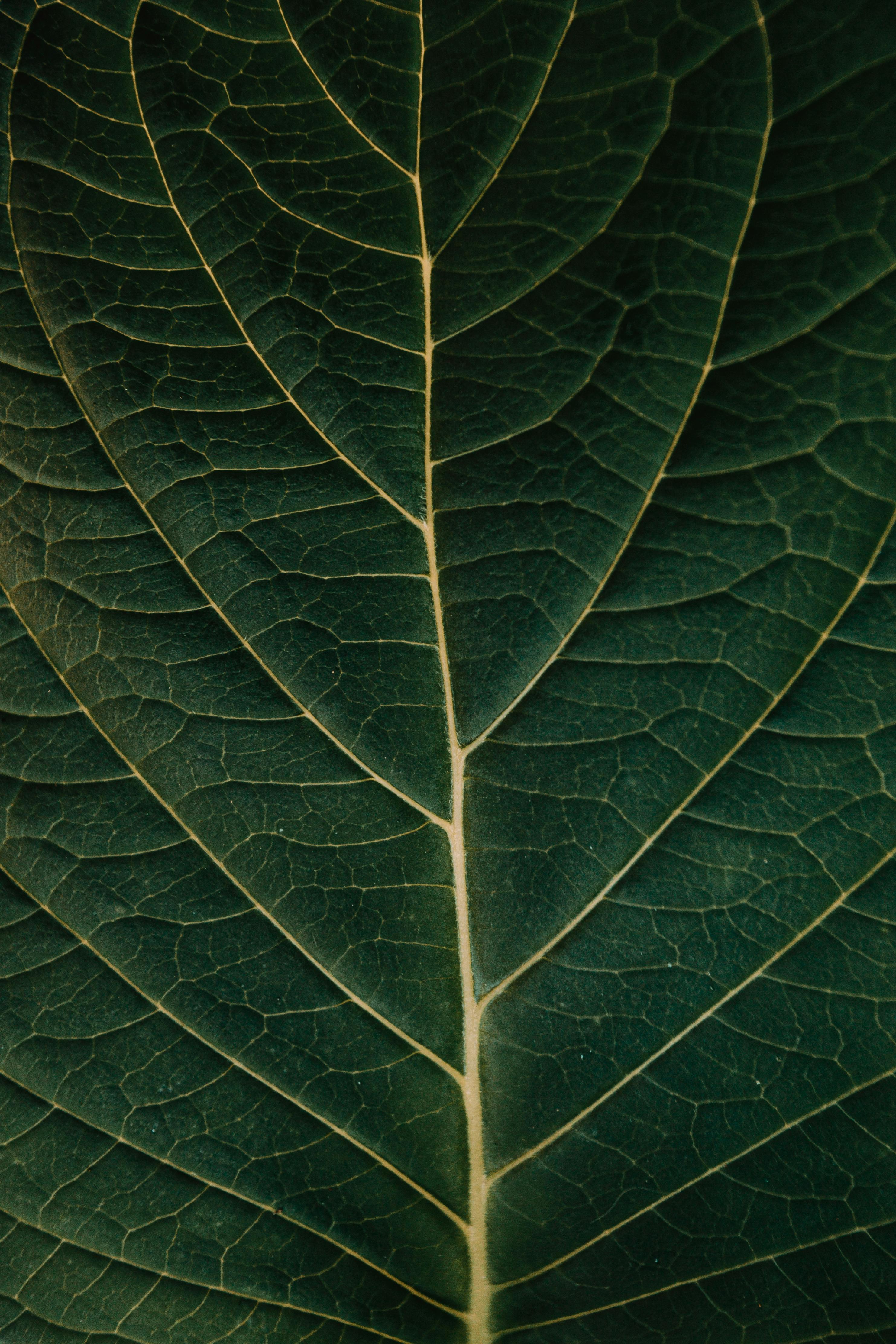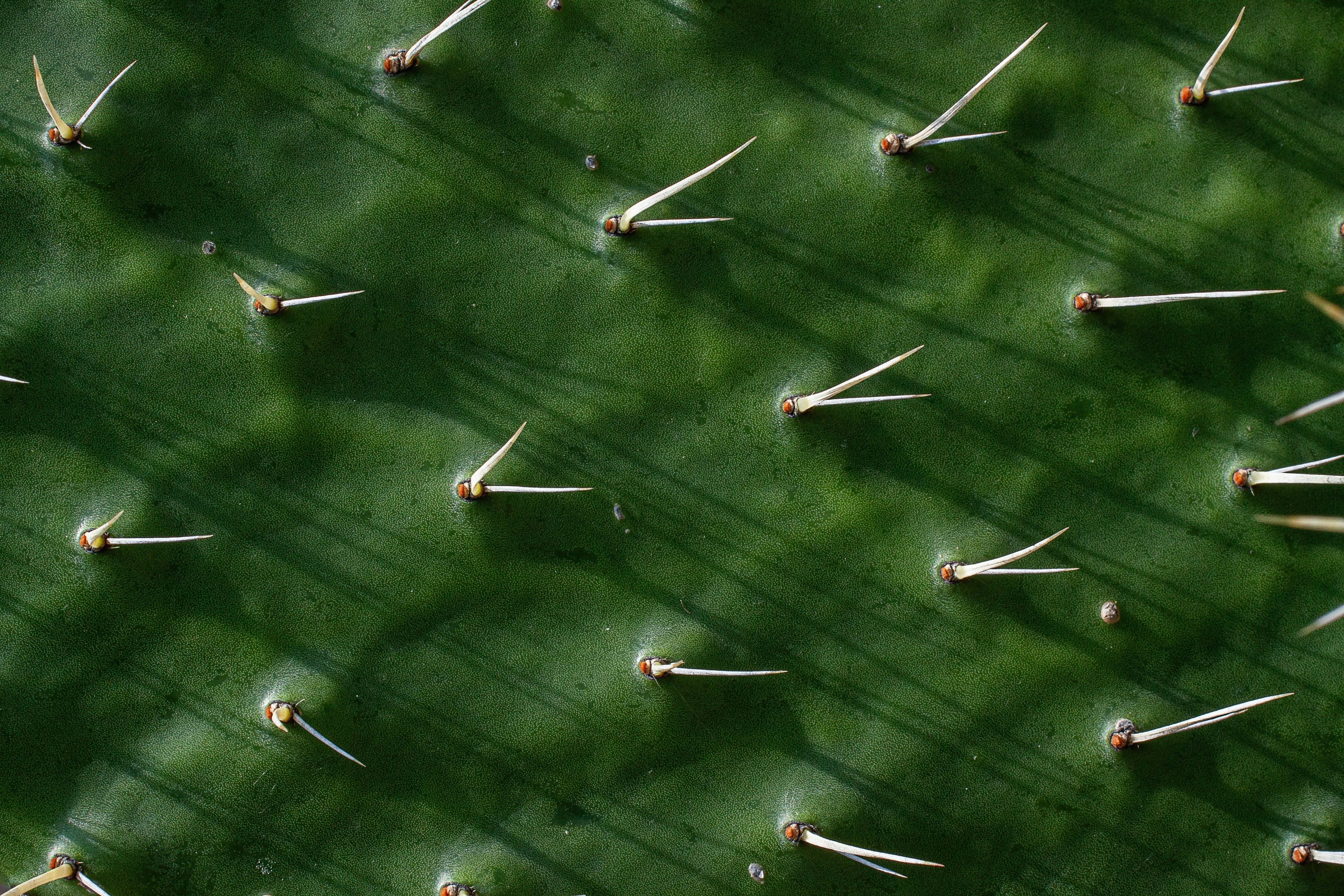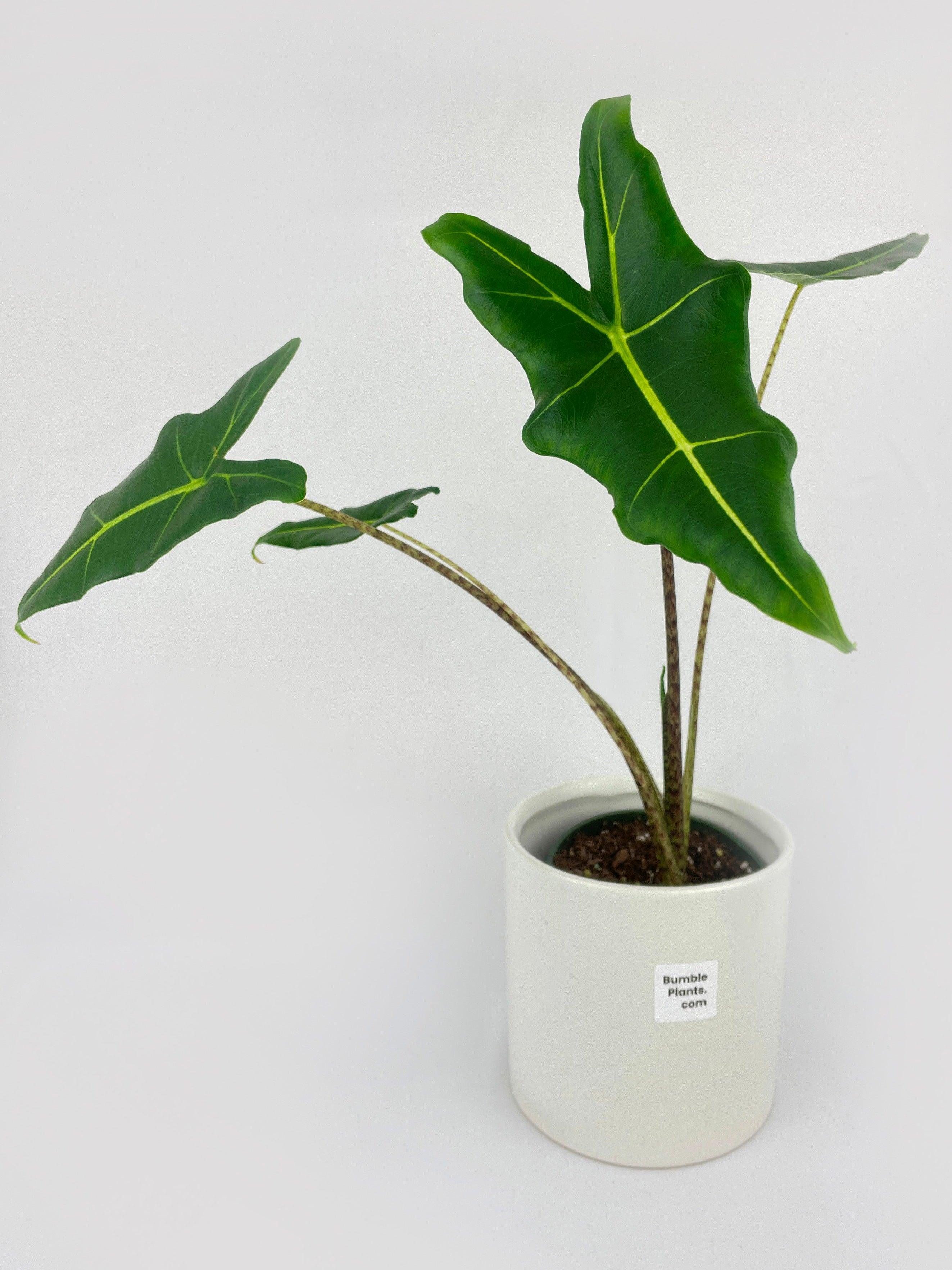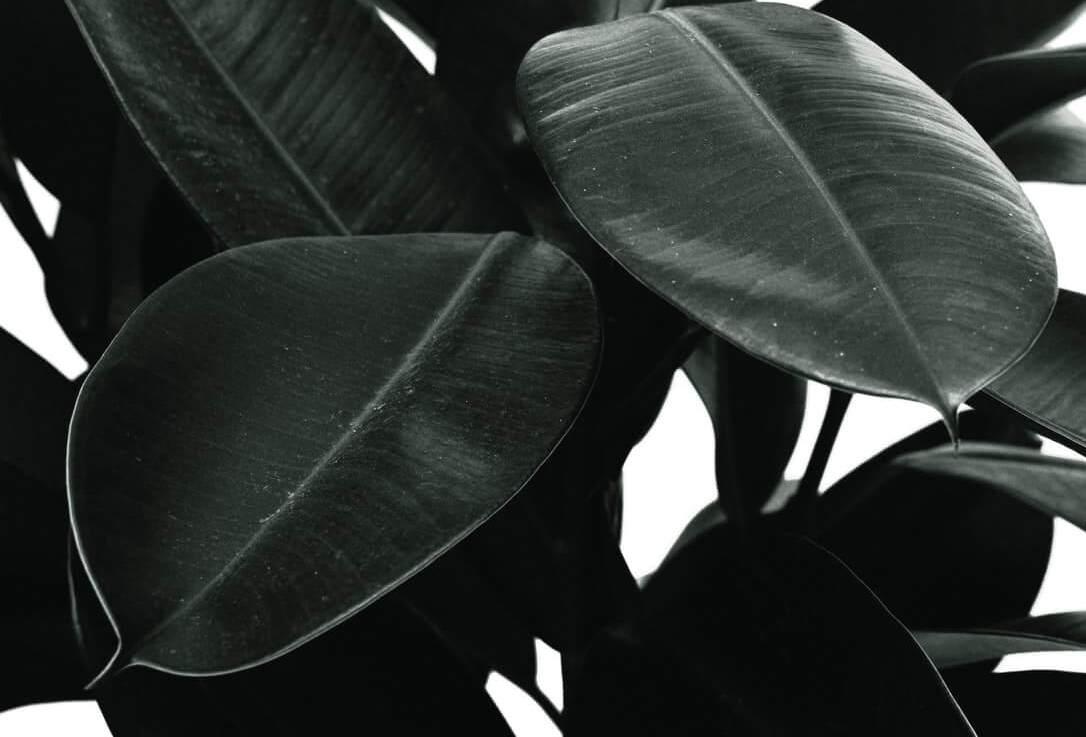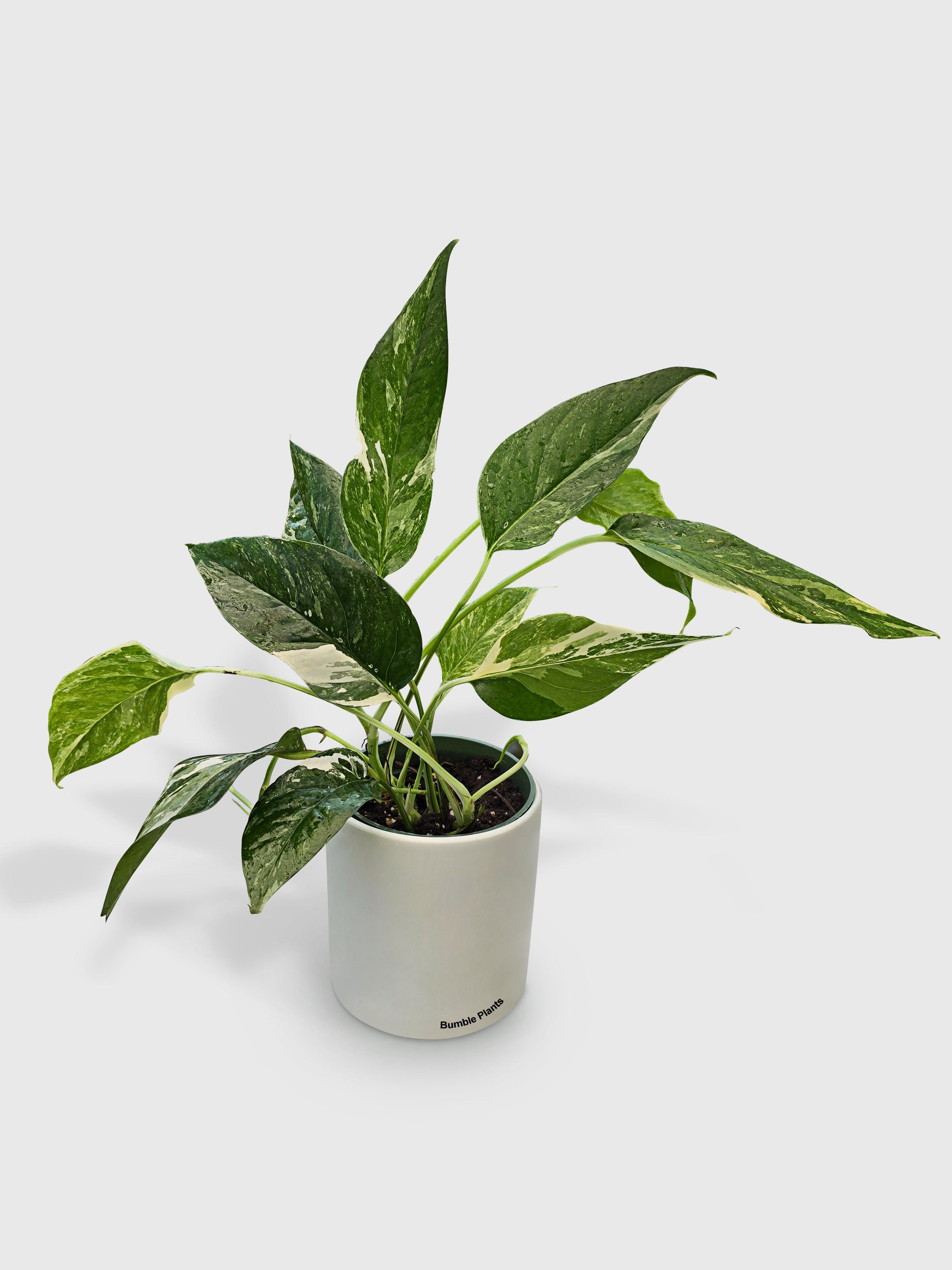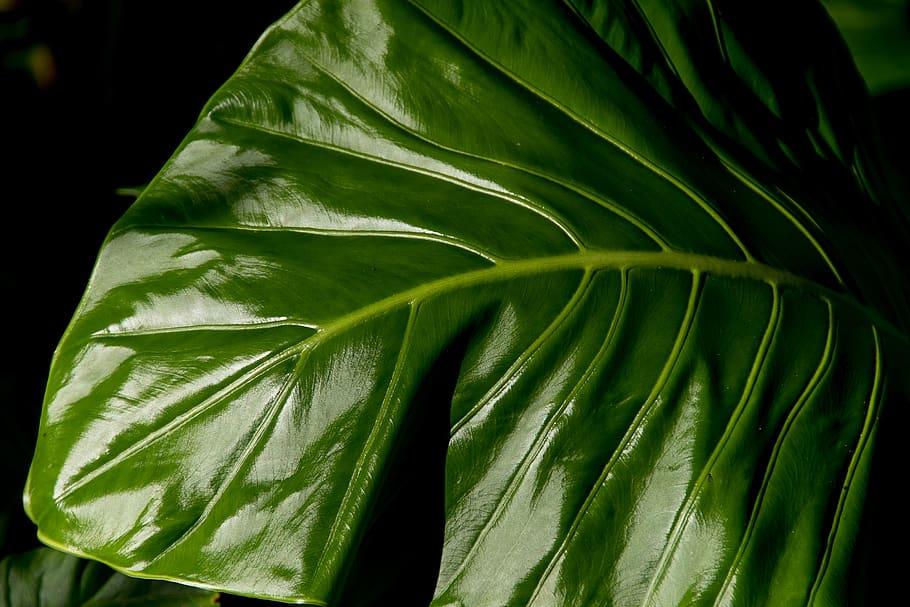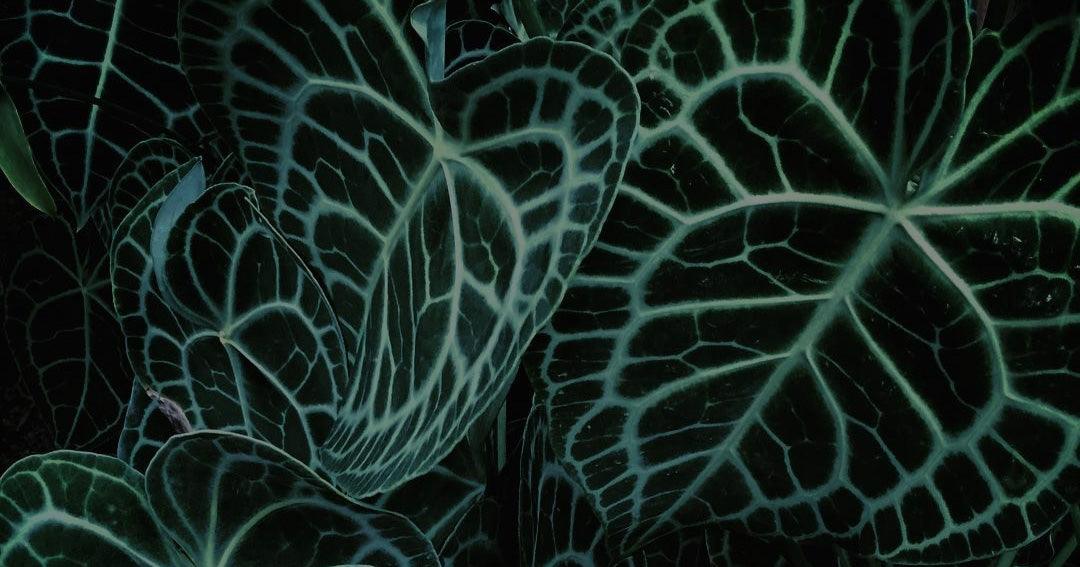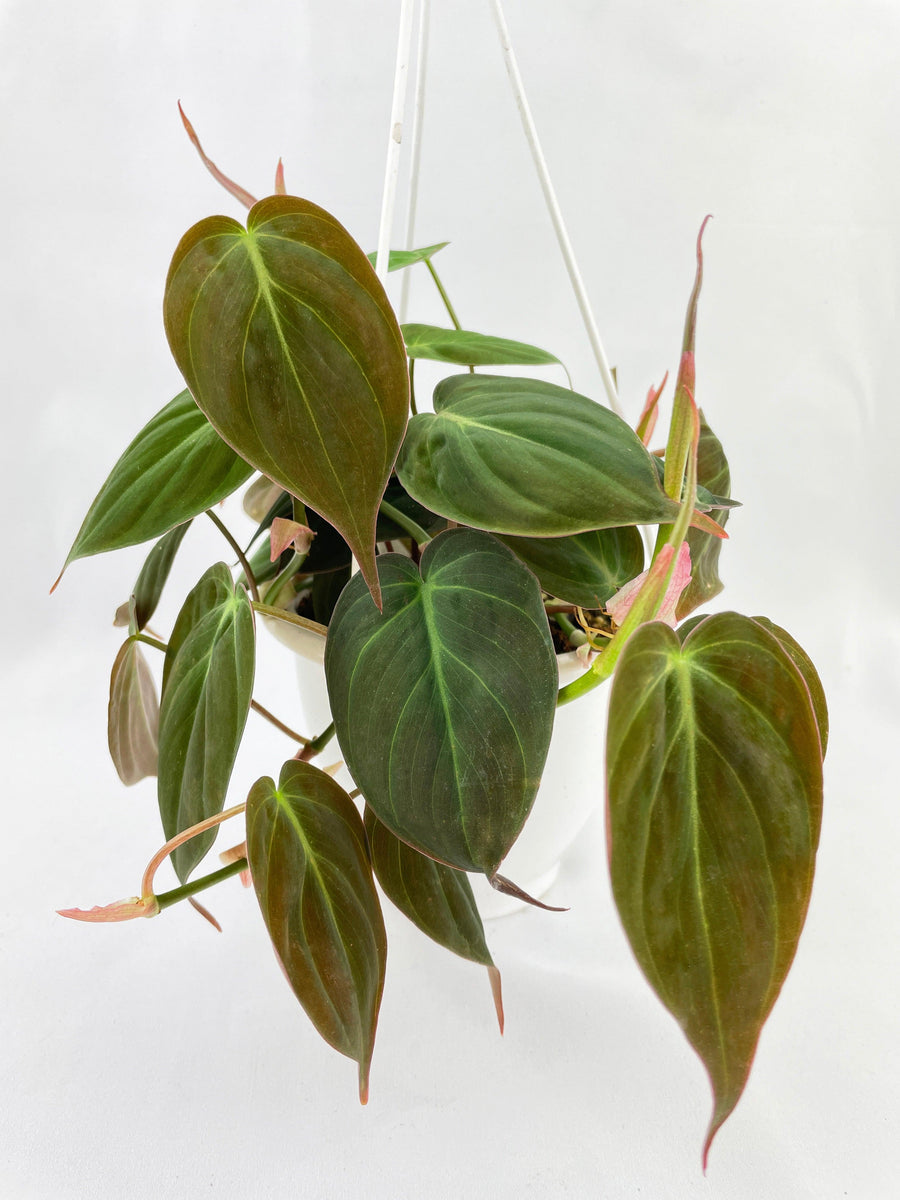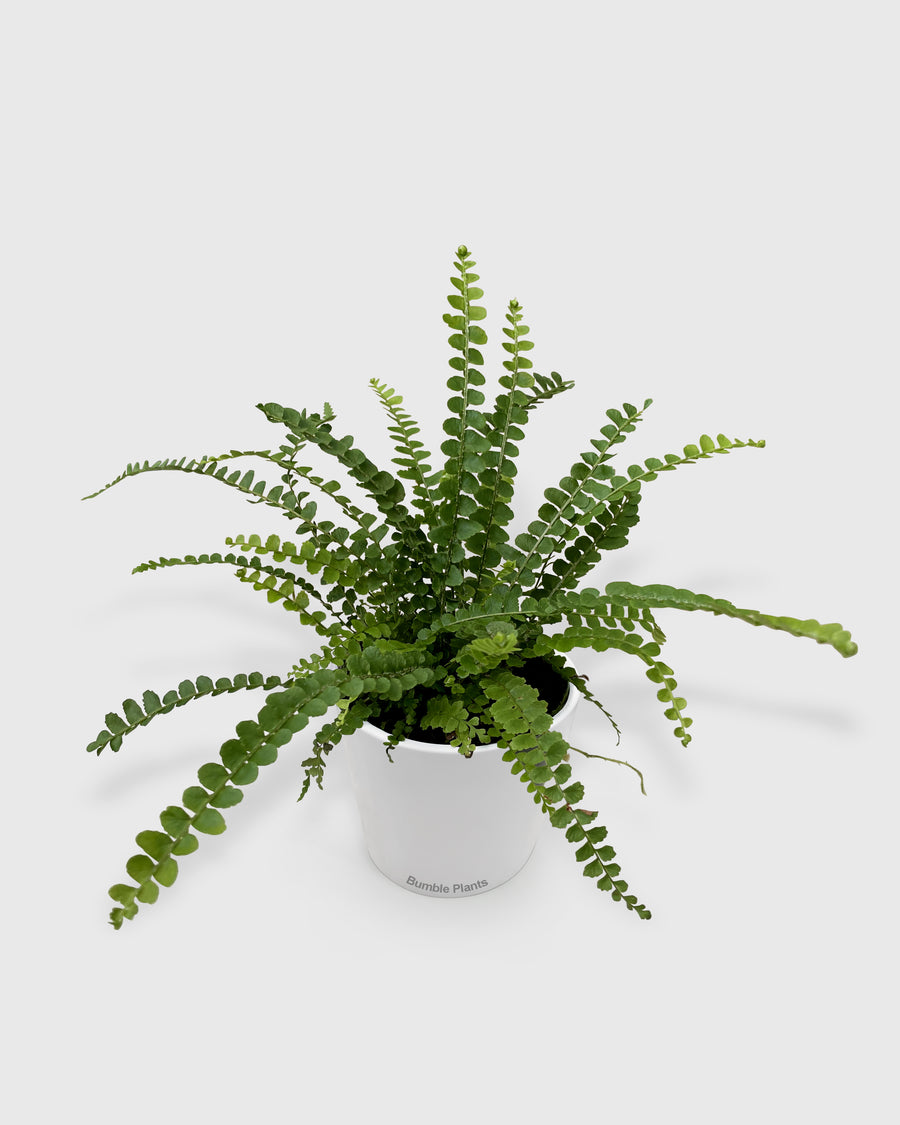How to Propagate Velvet Philodendron Successfully: A Step-by-Step Guide
Propagating Velvet Philodendron involves creating new plants from existing ones. The most common method for propagating Velvet Philodendron is through stem cuttings.The name philodendron is derived from the Greek words philo (love) and dendron (tree). This classic plant is among the most popular houseplants and is considered one of the easiest to grow on Velvet Philodendron propagation step-by-step guides for beginners.
This tutorial will elaborate on some essential steps for How to Propagate Velvet Philodendron Successfully, also known as Philodendron Micans, in water stem cuttings plants, with How To Care For A Philodendron Plant from beginners to a professional level.
What is the Propagate Velvet Philodendron?
Prepare a philodendron cutting and place it in water. The cutting will grow new roots. While you can plant it in a flowerpot or the garden after its roots, the Philodendron is one of the few houseplants that can grow in water permanently. In about ten days, the stem will start to form roots on the Watering regimen for the best velvet philodendron.
How To Care For A Philodendron Plant
Philodendrons endure in medium light and excellent indirect natural light. Older leaves turn yellow naturally. However, if you identify several yellow leaves at once, it could be an indication that the plant receives too much direct sunlight, especially with air-layering plants. They thrive in low light, but if the stems get tall, with several inches between the leaves, you should relocate the plant to a brighter observation.
Thriving in Sunlight: Philodendron's Love Affair with Sunshine
Philodendron plants prefer bright, indirect sunlight to grow faster and maintain their vibrant leaf color. Healthy parent plants make love affairs. However, they can tolerate low light levels and even very low light in the case of the heartleaf philodendron (Philodendron scandens).
Waterlogged Beauty: Embracing Water Culture for Philodendron
Water when the top inch of soil dries off. Be mindful not to overwater the Philodendron since it will rot if kept too wet. If the leaves are brown and falling off, the plant is likely not getting enough water. Droopy leaves can indicate that the plant is getting either too much or too little water, but they will come back if the issue is solved.
Climatic Comfort: Understanding Temperature Preferences of Philodendrons
The ideal temperature for a Velvet Philodendron propagation is between 65 – 78°F during the day and around 60°F at night.
Balancing Act: Philodendron's Sunlight Needs and Toxicity Concerns
Animals and humans should not consume philodendrons. Lacy tree philodendrons are toxic to cats and dogs. Being educated on poisonous plants can help you avoid accidents while enjoying your greenery.
Philodendron Predicaments: Dealing with Pest Problems in Indoor Plants
Philodendrons are generally not susceptible to insect infestations, but there is a possibility of encountering aphids and mealybugs. If you notice mealybugs, you can remove them by gently wiping them off with cotton balls dipped in rubbing alcohol. Additionally, periodically showering the plant with water and applying insecticidal soap can help prevent pests from infesting the plant.
Philodendrons are usually resistant to insects, but sometimes, they can be affected by aphids and mealybugs. If you notice mealybugs on your plant, use cotton balls dipped in rubbing alcohol to wipe them off. In order to prevent pests, you can periodically shower the plant with water and apply insecticidal soap.
Grow Your Own: A Guide for How to Propagate Velvet Philodendron Successful
Are you ready to expand your indoor plant collection and add a touch of lush greenery to your home? Look no further than the Velvet Philodendron! With its stunning foliage and easy-care nature, propagating Velvet Philodendron is a rewarding journey that any plant enthusiast can embark on. Here's how you can get started and grow your own thriving Velvet Philodendron:
- Select Healthy Parent Plants: Begin by choosing healthy, mature Velvet Philodendron plants as your propagation sources. Opt for specimens with vibrant foliage, free from pests or diseases. Healthy parents make for successful offspring!
- Choose Your Propagation Method: Velvet Philodendron can be propagated through stem cuttings or air layering. For beginners, stem cuttings are the simplest and most effective method. They're easy to handle and have a high success rate.
- Prepare Your Cuttings: With clean and sharp scissors, take 4-6 inch stem cuttings from your parent plant. Ensure each cutting has at least one or two nodes (where leaves emerge). Trim away any lower leaves to expose the nodes, as this is where roots will develop.
- Optional: Use Rooting Hormone: To give your cuttings an extra boost, consider dipping the cut ends into rooting hormone powder or gel. This encourages faster root development and increases the chances of success.
- Plant Your Cuttings: Fill small pots with a well-draining potting mix or a blend of perlite and peat moss. Insert your prepared cuttings into the soil, burying at least one node. Gently firm the soil around the cutting to provide support.
- Provide Ideal Growing Conditions: Place your pots in a warm, brightly lit area with indirect sunlight. Avoid direct sunlight, which can damage the delicate cuttings. Maintain a humid environment by covering the pots with plastic bags or placing them in propagation trays.
- Water and Monitor: Keep the soil consistently moist but not soggy. Check your cuttings regularly for signs of root growth and new leaf development. Be patient, as it may take several weeks for roots to establish.
- Transplant and Enjoy: Once your cuttings have developed a healthy root system and new growth, transplant them into larger pots with regular potting soil. Continue to care for your new Velvet Philodendron plants as you would for mature specimens.
By following these simple steps, you can successfully propagate Velvet Philodendron and enjoy the satisfaction of watching your new plants thrive and grow. So why wait? Start propagating today and bring the beauty of Velvet Philodendron into your home!
When's the best time to propagate my trailing Philodendron?
The best time to propagate trailing Philodendron is during the active growing season, which typically occurs in spring and summer. During these warmer months, plants are more actively growing, and their natural ability to root tends to be higher, increasing the chances of successful propagation.
Here's why spring and summer are ideal for propagating trailing Philodendron:
- Optimal Growth Conditions: Warmer temperatures and longer daylight hours stimulate plant growth and encourage the development of new roots on cuttings.
- Faster Root Development: In spring and summer, plants have increased metabolic activity, which means they can produce roots more quickly from stem-cutting preparation techniques.
- Environmental Conditions: During spring and summer, the air tends to be more humid, creating a conducive environment for root development. Additionally, outdoor conditions are generally more stable, reducing the risk of stress on the newly propagated cuttings plan.
If you're propagating trailing Philodendron indoors and can provide consistent warmth, humidity, and adequate lighting, you may have success propagating year-round. However, for most gardeners, propagating during the active growing season offers the best chances of success for Propagation techniques.
A Mastermind Additional Tips | Velvet Philodendron Propagation Care Tips
Philodendrons are tropical plants, so higher humidity will promote lush growth and shiny foliage for the Successful propagation of Velvet Philodendrons. The plant will tolerate lower humidity levels, but misting it regularly will help it thrive. Brown leaf tips usually indicate that the humidity level is too low.
Relevant Articles: 👇
✔︎ How to Propagate Flowering Cacti: A Step-by-Step Guide
✔︎ The Ultimate Guide to Blooming Cactus: Tips for a Colorful Display
FAQ | How to Propagate Velvet Philodendron Successfully
When is the best time to propagate Velvet Philodendron?
A: The best time to propagate Velvet Philodendron is during the active growing season, typically in spring or early summer. During this time, the plant is more likely to produce healthy new growth and roots.
Can I propagate Velvet Philodendron from a single leaf?
A: While it's technically possible to propagate Velvet Philodendron from a single leaf, it could be more reliable and yield consistent results. Stem cuttings with nodes are generally more successful for propagation.
Can I propagate Velvet Philodendron from seeds?
A: While it's possible to propagate Velvet Philodendron from seeds, it's less common and more challenging compared to propagating from stem cuttings. Seeds may take longer to germinate and require specific conditions to succeed.
How long does it take for Velvet Philodendron cuttings to root?
A: Rooting time can vary depending on environmental conditions, but Velvet Philodendron cuttings typically develop roots within 2 to 6 weeks. Be patient and provide proper care during this time.


